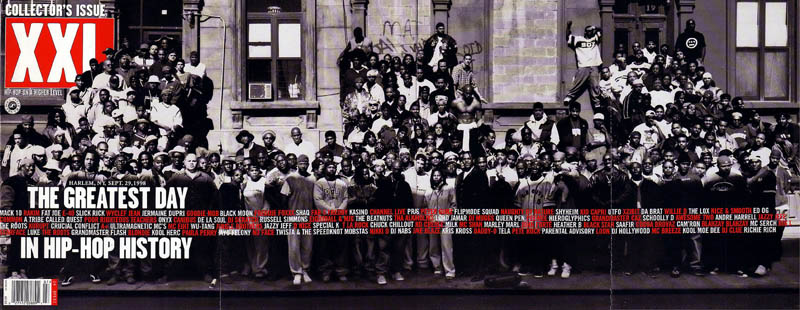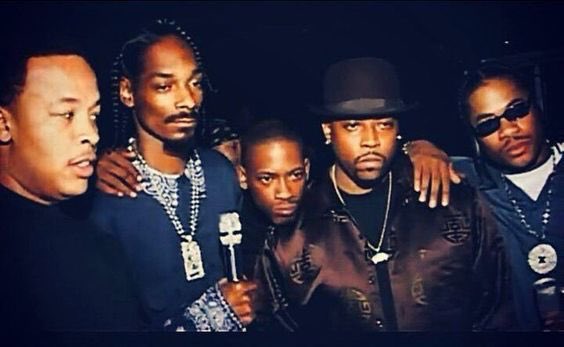Install the app
How to install the app on iOS
Follow along with the video below to see how to install our site as a web app on your home screen.
Note: This feature may not be available in some browsers.
You are using an out of date browser. It may not display this or other websites correctly.
You should upgrade or use an alternative browser.
You should upgrade or use an alternative browser.
Squad up! The best group photos ever captured.
- Thread starter Soul On Ice
- Start date
It irks me to no end that they chose Christian Laettner over Shaq. That was some bullshit.The Dream Team – 1992 U.S. Olympic Basketball Team
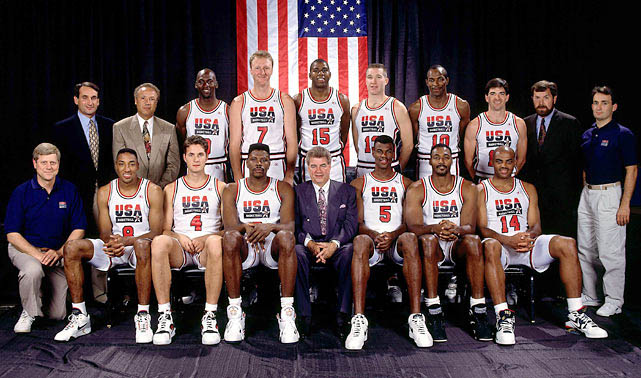
Front row (L-R): Physician , Scottie Pippen, Christian Laettner, Patrick Ewing, Head Coach Chuck Daly, David Robinson, Karl Malone, Charles Barkley.
Standing (L-R): Assistant coach Mike Krzyzewski, Assistant coach Lenny Wilkens, Michael Jordan, Larry Bird, Magic Johnson, Chris Mullin, Clyde Drexler, John Stockton, Assistant coach P. J. Carlesimo and trainer Ed LaCerte.
It's gotta be a full portrait of this without the wording for sale somewhere.
Who's that behind Lebron tho?
Fidel Castro & Malcolm X
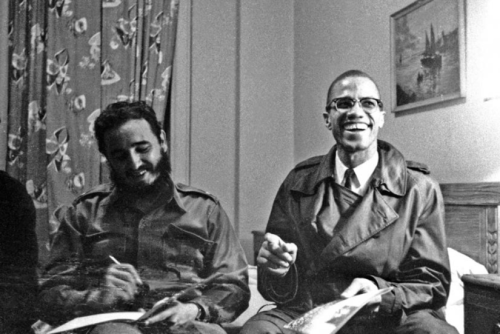
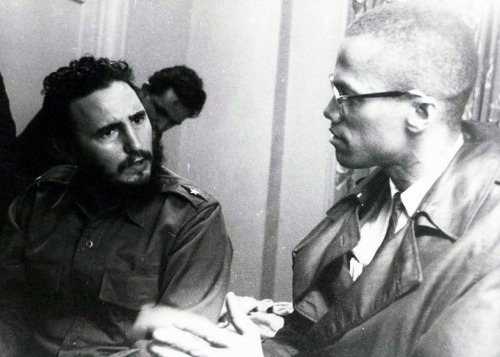
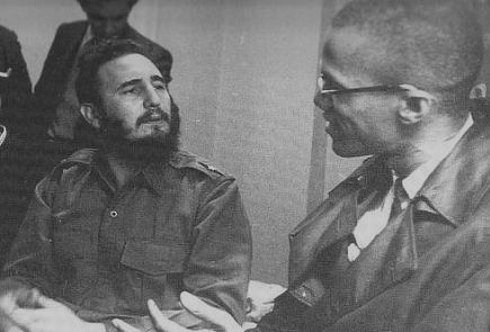
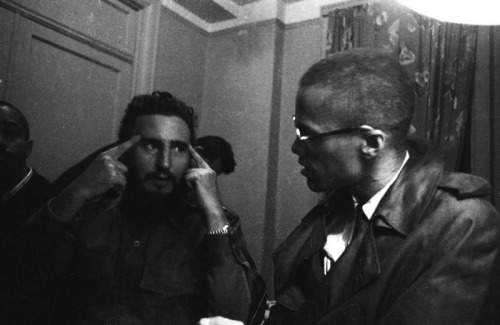
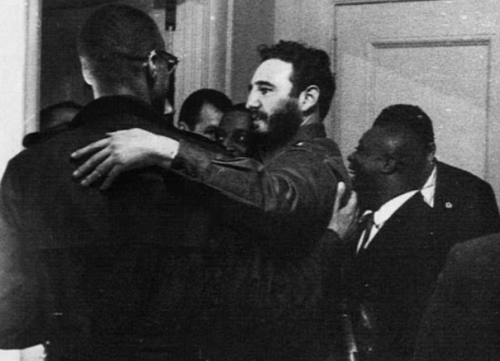





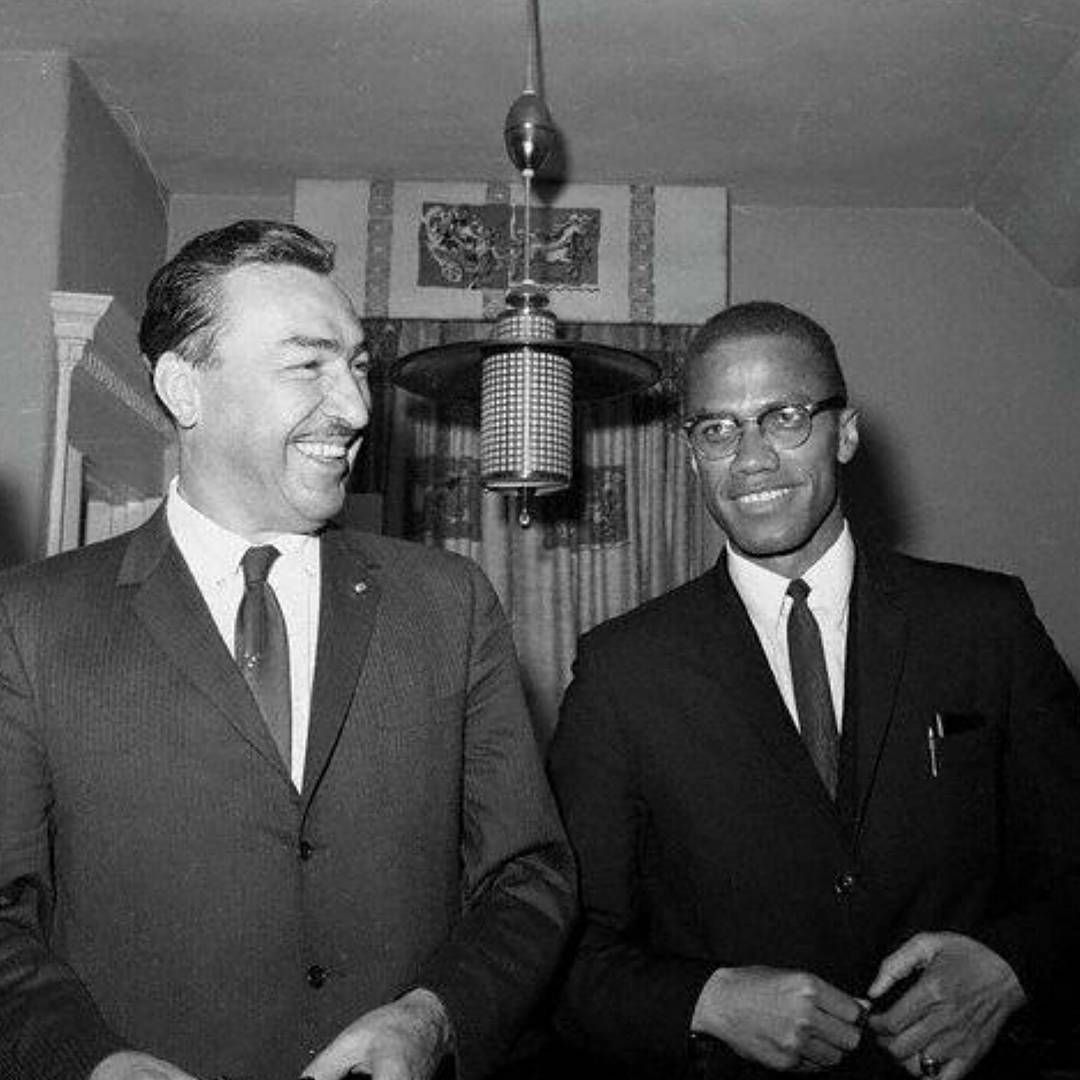
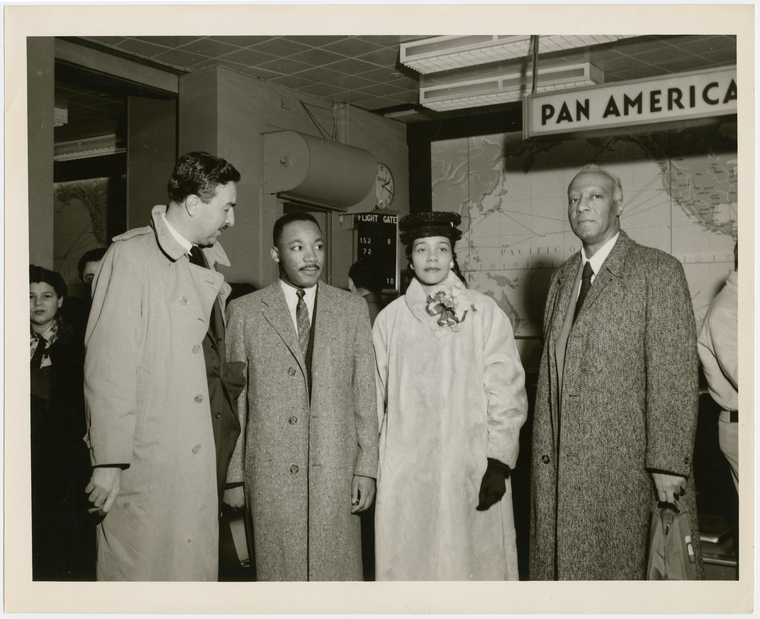
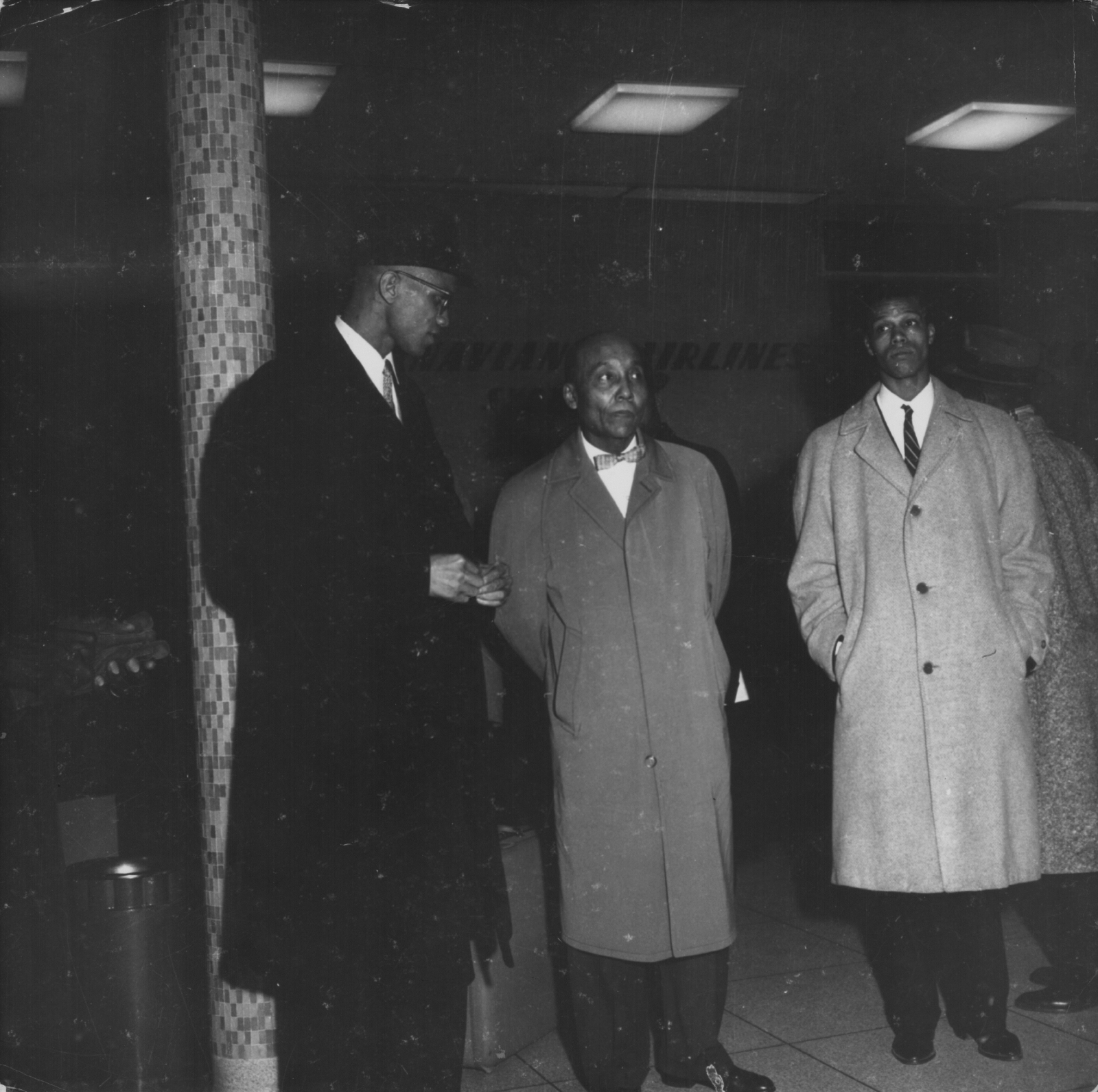
Last edited:
Trump and Friends
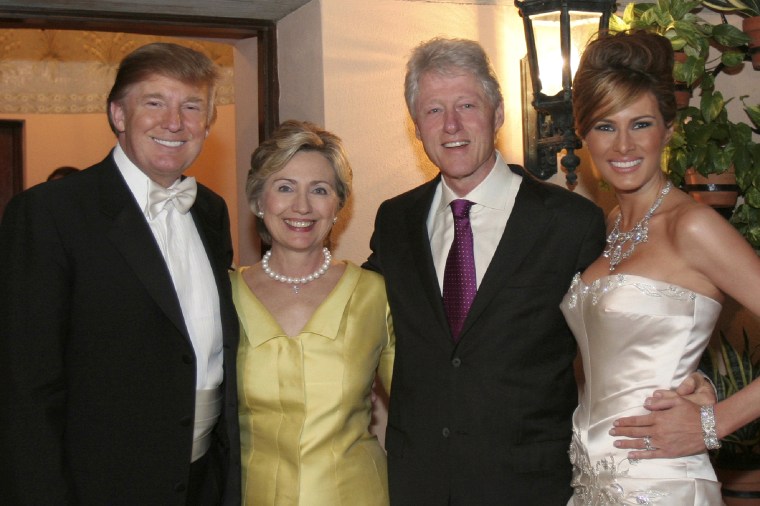
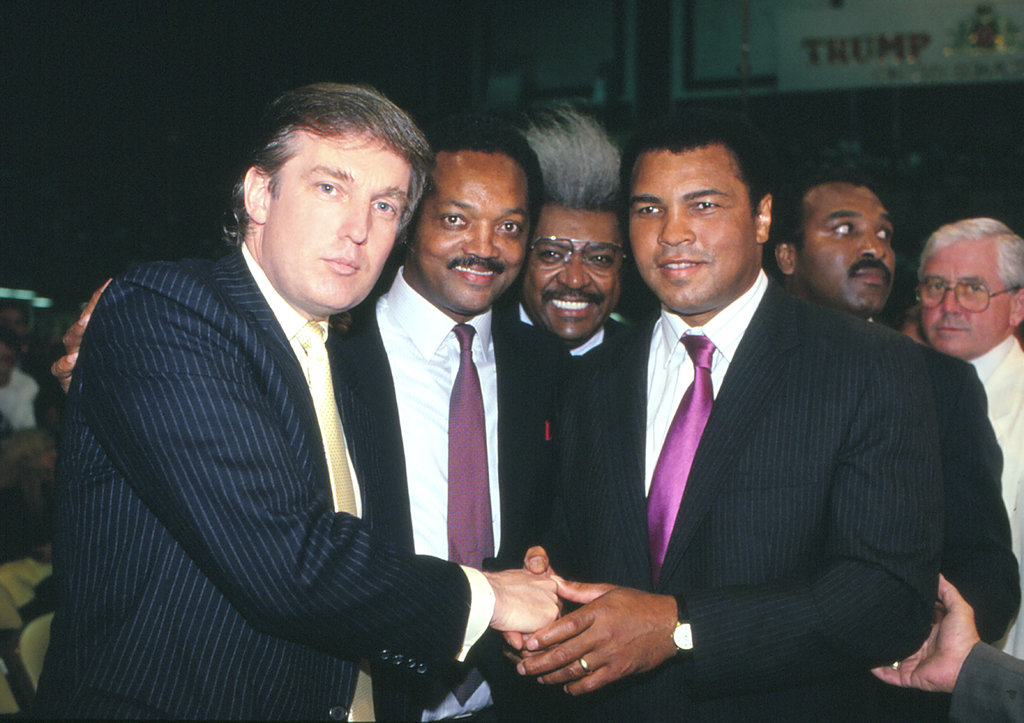
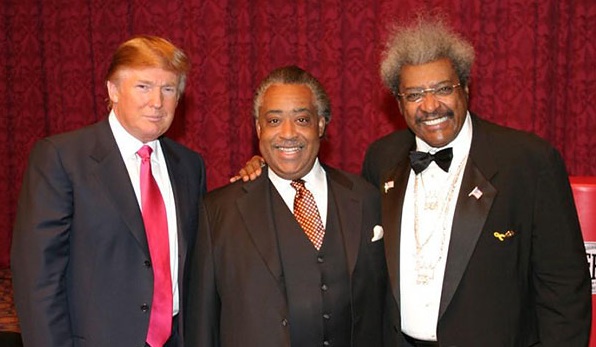
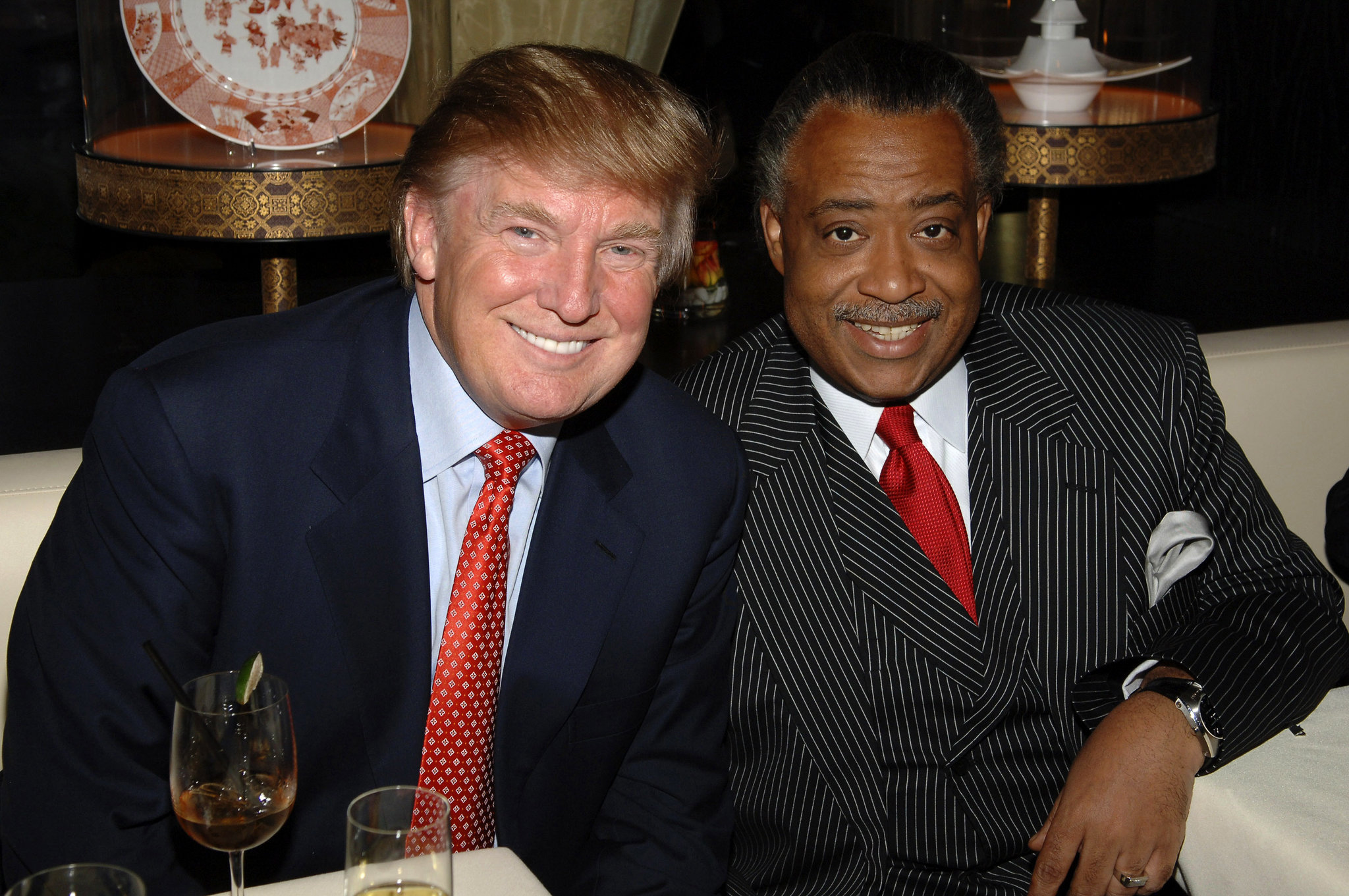
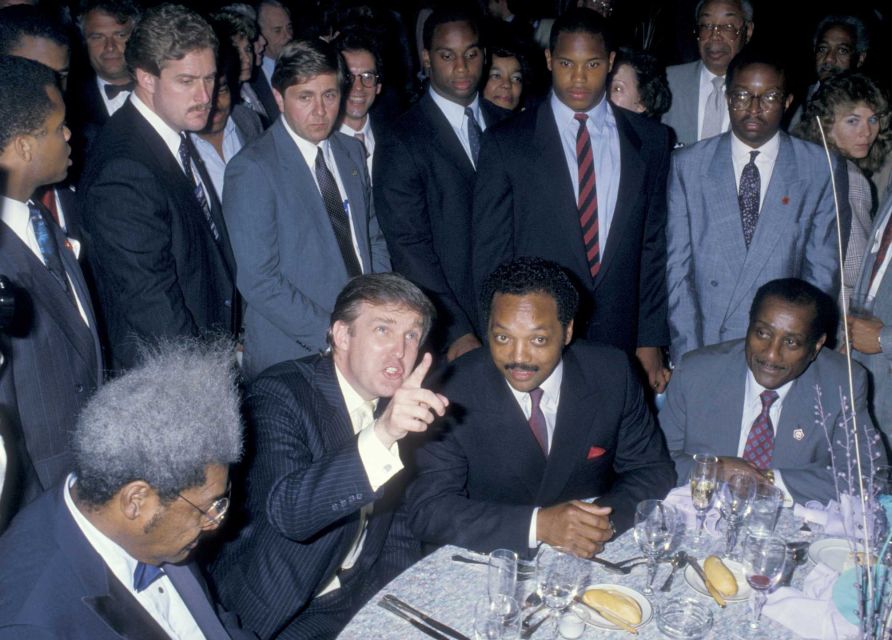
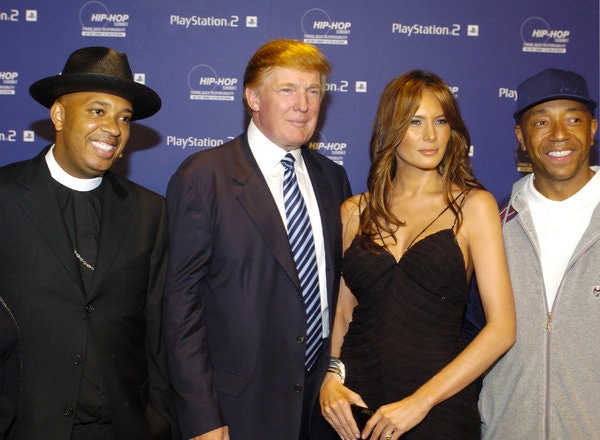






Who's that behind Lebron tho?
fo,fo fo.........MOSES MALONE !
Comedy Titans
Snipes, Mooney, Murphy, Townsend, Wayans
Comedy Titans
Snipes, Mooney, Murphy, Townsend, Wayans
#king shit
Demolition man was hilariousSnipes?
His one liners from Blade
Coming 2 America most recently

Demolition man was hilarious
His one liners from Blade
Coming 2 America most recently

Damn bruh, you missed White men can't jump and Major League.
Fuck anyone that says Too Wong Foo...

Comedy Titans
Snipes, Mooney, Murphy, Townsend, Wayans
Snipes, really really?!?!
The bravery of the WWI hero from Trinidad who could throw a bomb 74 yards
The Coconut Bomber
Sergeant George Arthur Roberts earned the nickname the “Coconut Bomber” because he could throw bombs in the First World War like he used to throw coconuts as a child. The decorated soldier could essentially “run towards hand grenades and hurl them back at the enemy” during the war. He later became a firefighter in London during the Blitz in 1940, helping to put out fires while German bombs were dropping around him.
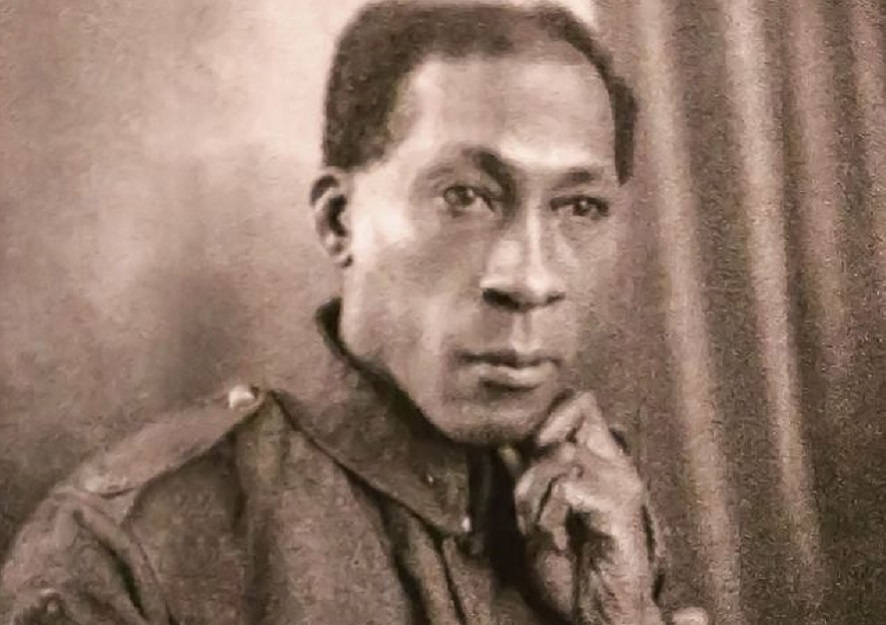
 face2faceafrica.com
face2faceafrica.com
When delving into the history of black lives, civil rights and military service, the story of George Arthur Roberts is nothing short of inspirational.The Coconut Bomber
Sergeant George Arthur Roberts earned the nickname the “Coconut Bomber” because he could throw bombs in the First World War like he used to throw coconuts as a child. The decorated soldier could essentially “run towards hand grenades and hurl them back at the enemy” during the war. He later became a firefighter in London during the Blitz in 1940, helping to put out fires while German bombs were dropping around him.

The bravery of the WWI hero from Trinidad who could throw a bomb 74 yards - Face2Face Africa
George Arthur Roberts earned the nickname the Coconut Bomber because he could throw bombs in the first World War like coconuts.
Among the names of black soldiers in WW1, George was a decorated soldier who not only became the first black leading fireman for the London Fire Brigade in 1939, but also campaigned tirelessly to improve the lives of fellow ex-servicemen - earning himself a level of status and respect that helped pave the way for a greater recognition of Britain’s black community.
If this were not inspiration enough, he was also a founding member of the era's most influential civil rights organisation and his personal fight also led him to founding a branch of the Royal British Legion in Camberwell, London.
The National Federation of Discharged and Demobilised Soldiers and Sailors 1920
George Arthur Roberts at the centre of this picture of the 1920 members of the National Federation Committee, the year of the Battle of Westminster Bridge that Roberts recalls on the next slide. It was to be the pivotal moment when the three organisations concerned with veterans' affairs at the time came together to form the British Legion in 1921.
George Arthur Roberts at the centre of this picture of the 1920 members of the National Federation Committee, the year of the Battle of Westminster Bridge that Roberts recalls on the next slide. It was to be the pivotal moment when the three organisations concerned with veterans' affairs at the time came together to form the British Legion in 1921.
In 1931, two years before the birth of arguably the world’s best-known civil rights activist Martin Luther King Jr, George helped start the ‘League of Coloured Peoples’ (LCP), a British civil-rights organization formed by Harold Moody, a Jamaican born doctor who lived and worked in London, in terminology that was reflective of the time.
The League was set up with one overarching goal in mind - racial equality. For the 20 years it ran, the League had four objectives as quoted below:
- To promote and protect the Social, Educational, Economic and Political interests of its members.
- To interest members in the Welfare of Coloured Peoples in all parts of the World.
- To improve relations between the races.
- To co-operate and affiliate with organisations sympathetic to Coloured People.

George Arthur Roberts: Black Soldier And Pioneering Civil Rights Activist
The inspirational soldier who fought tirelessly for race equality and wounded veterans
George Roberts and the British Legion 1917
At the dawn of the British Legion, George Arthur Roberts was, naturally, a founder member. Having seen the horrors of the Somme and been injured at Loos, he threw himself into ensuring the welfare of soldiers returning from World War I. When he started to campaign for veterans' affairs the British Legion did not exist, and was one of three organisations concerned with veterans' affairs (see British Legion story in News section). In this searing account of "The Battle of Westminster Bridge", written in 1961 for the Camberwell branch of the legion he founded, Roberts describes how the confrontation on Westminster Bridge was a galvanising moment in unifying the three organisations to form the British Legion as we know it today. He was made a life member of the British Legion in 1962.
The Life and Legacy of George Arthur Roberts
A family website commemorating the life and work of George Arthur Roberts BEM
Trailblazing: The life of George Arthur Roberts
In light of the events that took place during this summer in regards to the Black Lives Matter movement, historians have been forced to reflect on their approach to history. Undoubtedly, racism within the academic field has caused people of colour to be excluded from the narrative. With this in mind, I wanted to explore the life of George Arthur Roberts. He was a brave soldier, a pioneering civil rights activist and a fearless firefighter. His life was full of hardships – two world wars and rampant discrimination to name but a few – but he fought for justice for all and helped others throughout his life.
The bravery of the WWI hero from Trinidad who could throw a bomb 74 yardsWhen delving into the history of black lives, civil rights and military service, the story of George Arthur Roberts is nothing short of inspirational.
The Coconut Bomber
Sergeant George Arthur Roberts earned the nickname the “Coconut Bomber” because he could throw bombs in the First World War like he used to throw coconuts as a child. The decorated soldier could essentially “run towards hand grenades and hurl them back at the enemy” during the war. He later became a firefighter in London during the Blitz in 1940, helping to put out fires while German bombs were dropping around him.

The bravery of the WWI hero from Trinidad who could throw a bomb 74 yards - Face2Face Africa
George Arthur Roberts earned the nickname the Coconut Bomber because he could throw bombs in the first World War like coconuts.face2faceafrica.com
Among the names of black soldiers in WW1, George was a decorated soldier who not only became the first black leading fireman for the London Fire Brigade in 1939, but also campaigned tirelessly to improve the lives of fellow ex-servicemen - earning himself a level of status and respect that helped pave the way for a greater recognition of Britain’s black community.
If this were not inspiration enough, he was also a founding member of the era's most influential civil rights organisation and his personal fight also led him to founding a branch of the Royal British Legion in Camberwell, London.
The National Federation of Discharged and Demobilised Soldiers and Sailors 1920
George Arthur Roberts at the centre of this picture of the 1920 members of the National Federation Committee, the year of the Battle of Westminster Bridge that Roberts recalls on the next slide. It was to be the pivotal moment when the three organisations concerned with veterans' affairs at the time came together to form the British Legion in 1921.
In 1931, two years before the birth of arguably the world’s best-known civil rights activist Martin Luther King Jr, George helped start the ‘League of Coloured Peoples’ (LCP), a British civil-rights organization formed by Harold Moody, a Jamaican born doctor who lived and worked in London, in terminology that was reflective of the time.
The League was set up with one overarching goal in mind - racial equality. For the 20 years it ran, the League had four objectives as quoted below:
- To promote and protect the Social, Educational, Economic and Political interests of its members.
- To interest members in the Welfare of Coloured Peoples in all parts of the World.
- To improve relations between the races.
- To co-operate and affiliate with organisations sympathetic to Coloured People.

George Arthur Roberts: Black Soldier And Pioneering Civil Rights Activist
The inspirational soldier who fought tirelessly for race equality and wounded veteranswww.forces.net
George Roberts and the British Legion 1917
At the dawn of the British Legion, George Arthur Roberts was, naturally, a founder member. Having seen the horrors of the Somme and been injured at Loos, he threw himself into ensuring the welfare of soldiers returning from World War I. When he started to campaign for veterans' affairs the British Legion did not exist, and was one of three organisations concerned with veterans' affairs (see British Legion story in News section). In this searing account of "The Battle of Westminster Bridge", written in 1961 for the Camberwell branch of the legion he founded, Roberts describes how the confrontation on Westminster Bridge was a galvanising moment in unifying the three organisations to form the British Legion as we know it today. He was made a life member of the British Legion in 1962.
The Life and Legacy of George Arthur Roberts
A family website commemorating the life and work of George Arthur Roberts BEMwww.georgearthurroberts.com
Trailblazing: The life of George Arthur Roberts
In light of the events that took place during this summer in regards to the Black Lives Matter movement, historians have been forced to reflect on their approach to history. Undoubtedly, racism within the academic field has caused people of colour to be excluded from the narrative. With this in mind, I wanted to explore the life of George Arthur Roberts. He was a brave soldier, a pioneering civil rights activist and a fearless firefighter. His life was full of hardships – two world wars and rampant discrimination to name but a few – but he fought for justice for all and helped others throughout his life.
I'd like to raise my glass to George Arthur Roberts. Much, much, respect to this man.


I don't think this is real...
But still
But still
Dre, Snoop & Em
Obvious PHOTOSHOP
Last edited:
Comedy Titans
Snipes, Mooney, Murphy, Townsend, Wayans
These dudes owned their era
Ali fought every fighter in this photo with the exception of Michael Spinks. Frazier, Norton, Shavers, and Moore.
Yeah i figured so when they had Mike and Prince in the same photo lol
photoshopped
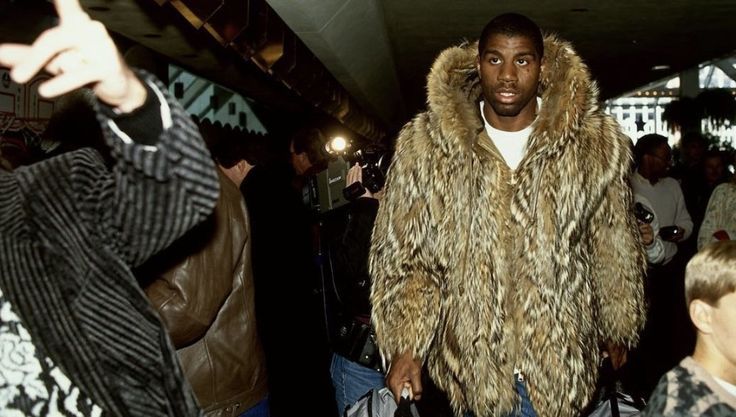
NBA playoffs aren’t at Caesars Palace
Similar threads
- Replies
- 7
- Views
- 279
- Replies
- 16
- Views
- 533
- Replies
- 8
- Views
- 724
- Replies
- 12
- Views
- 883


